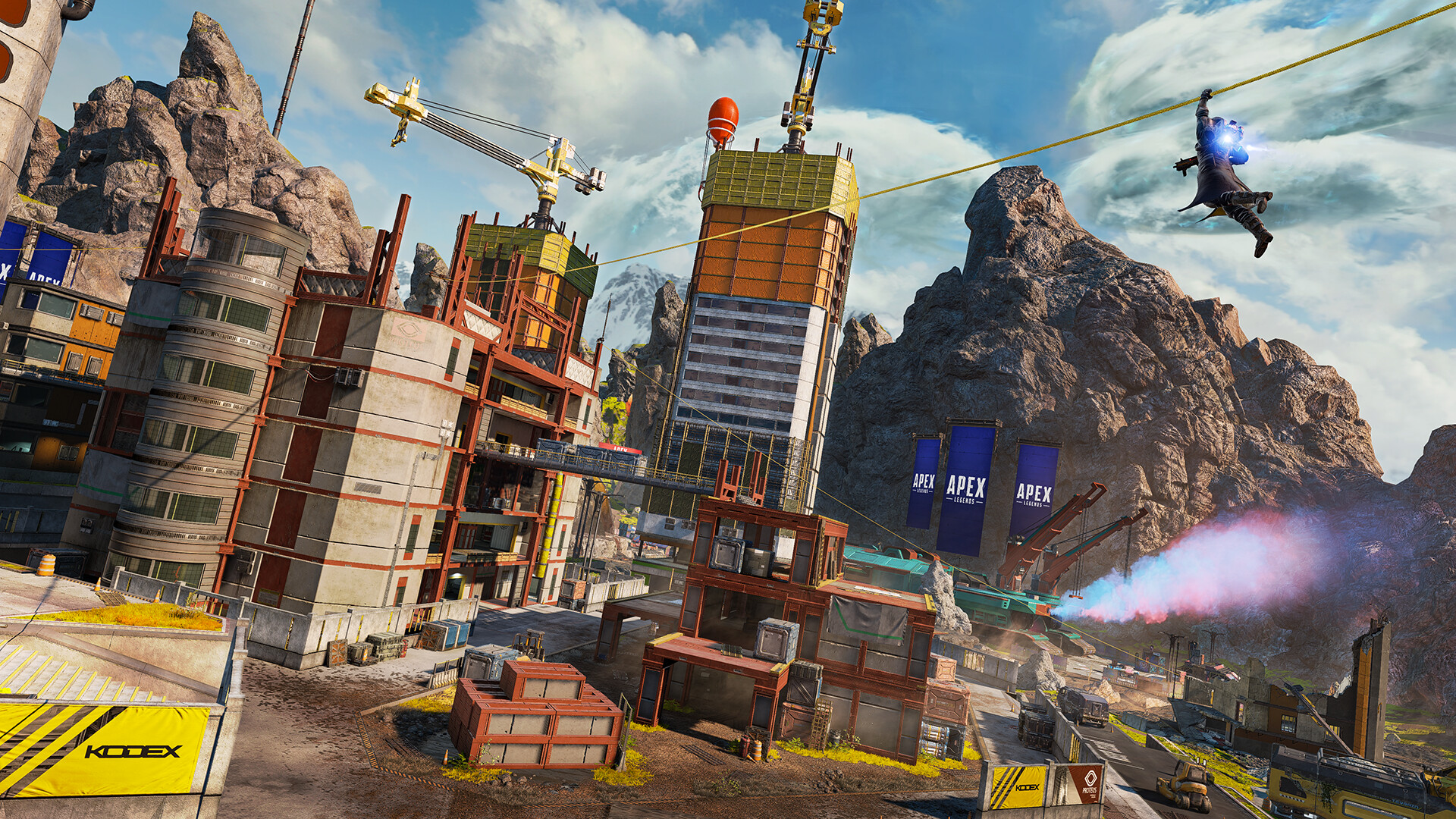Wondering Why is Apex so Laggy? These are the Most Common Reasons!
Why is Apex so laggy? Apex has been off the charts for all mainstream markets and since it is free to play and extremely popular, it's no wonder that its servers can become overloaded, resulting in slowness.

Another cause of Apex Legends' latency could be your internet service provider (ISP) restricting your internet speeds. If you are wondering why is Apex so laggy then don't blame the game as there can be many reasons behind it making it laggy. We will go one by one through them and their quick fixes:
Why is Apex so Laggy?
There are many reasons behind this lag issue but we can get rid of them following five things explained below related to common lag reasons.
1. Underpowered Computer:
One of the most prevalent causes of latency in Apex Legends is that your system does not satisfy the minimal specifications required to operate the software. As a result, the first thing you should do is ensure that your PC is powerful enough to run efficiently. Minimum system requirements for Apex Legends. To run this game properly, the minimum requirements are: 64-bit Windows 7 OS, running on Intel Core i3-6300 3.8GHz or AMD FX-4350 4.2 GHz Quad-Core Processor coupled with 6GB RAM. Your computer should have a GPU of NVIDIA GeForce GT 640 / Radeon HD 7730 with 1GB GPU VRAM, all this on a min storage of 22GB.
2. Switch Off DVR:
New builds of Windows automatically enable DVR in the Xbox software, but this is occasionally incompatible with games running on your computer. To resolve difficulties such as FPS dips or game slowness, you can turn off DVR in Xbox. If you're running Windows 10 Build 14393 or earlier, then open Xbox by typing it into the search box on your desktop. If this is the first time you've opened it, you'll need to sign in to your Microsoft account. To open Settings, click the Gear icon on the left and then select the Game DVR tab and disable it.
3. Tweak Settings:
In Windows, you can give games and other resource-intensive software priority access to system resources. While this update will not compensate for a lack of essential hardware, it will provide a little boost that will transform a stuttering experience into a consistent one. To optimize Apex Legends' performance, enter "Graphics settings" into your desktop's search box, and from the results, launch the program. Make sure "Classic app" is selected in the options column within the settings, and then click "Browse." Navigate to the location where Apex Legends files are saved and double-click the Apex Legends.exe file. It will now appear under "Graphics settings" Click it and then choose "Options." Select "High performance" and then click "Save." Restart your computer and try again to see if Apex Legends performs any better.
4. Disable Full Screen Optimization:
Fullscreen Optimizations is a feature in Windows that allows it to optimize the performance of games when they are running in full-screen mode. As useful as this function is, it may be the source of your lag, and it may be worth removing if the preceding methods do not resolve your issue. To do this step, follow the steps in the previous step but this time go to "properties" of the .exe file of Apex Legends and click the "Compatibility" tab in the "Properties" menu, check the box next to "Disable full-screen optimizations," and then click "Apply." Restart your computer after saving your modifications.
5. Change Servers:
Connection speeds are typically slower when servers are overloaded, increasing the likelihood of lag. The further you are from a server's physical location, the slower your speeds are likely to be (due to excessive latency). You can pick between several game servers in Apex Legends. Lag can be reduced by selecting a server that is closer to you and has less traffic. You can switch Apex Legends servers by using the Tab button or choosing the Data Center button on the title screen, where you can then select a server from a list. To get the best possible experience, match the server region to your home region.
6. Ping is Culprit:
Ping, or the amount of time it takes for data to go between your computer and the game server and back, is referred to as high. There may be a lag between your actions and their effects in the game if your ping, sometimes referred to as latency, is excessive. As a result, the game may feel slow or unresponsive. Increased latency and packet loss might occur if there is network congestion or high network traffic on your internet connection. This may result in sluggish gaming by causing delays and disruptions in data transmission between your computer and the game server.
7. Game updates:
Game updates can introduce bugs or compatibility problems that cause crashes or performance concerns. Such problems can be fixed by keeping the game updated to the most recent version or reverting to an earlier stable version. Windows updates also mess up some time with the game files so also keep that in check.
8. Network hardware:
Problems such as modem or router malfunctions, or inappropriate network settings, can cause lag. For instance, out-of-date firmware, incorrect port forwarding, and a poor Wi-Fi signal can all affect the quality of your network connection and cause sluggish gameplay.
No matter which kind of problems your network is giving you when playing apex games, we recommend opting for GearUp booster which will resolve these issues thanks to its ultra-fast dedicated servers. This service is compatible with all the latest and trending games and covers all major regions throughout the globe to make sure that you get the speed you deserve.
About The Author
The End